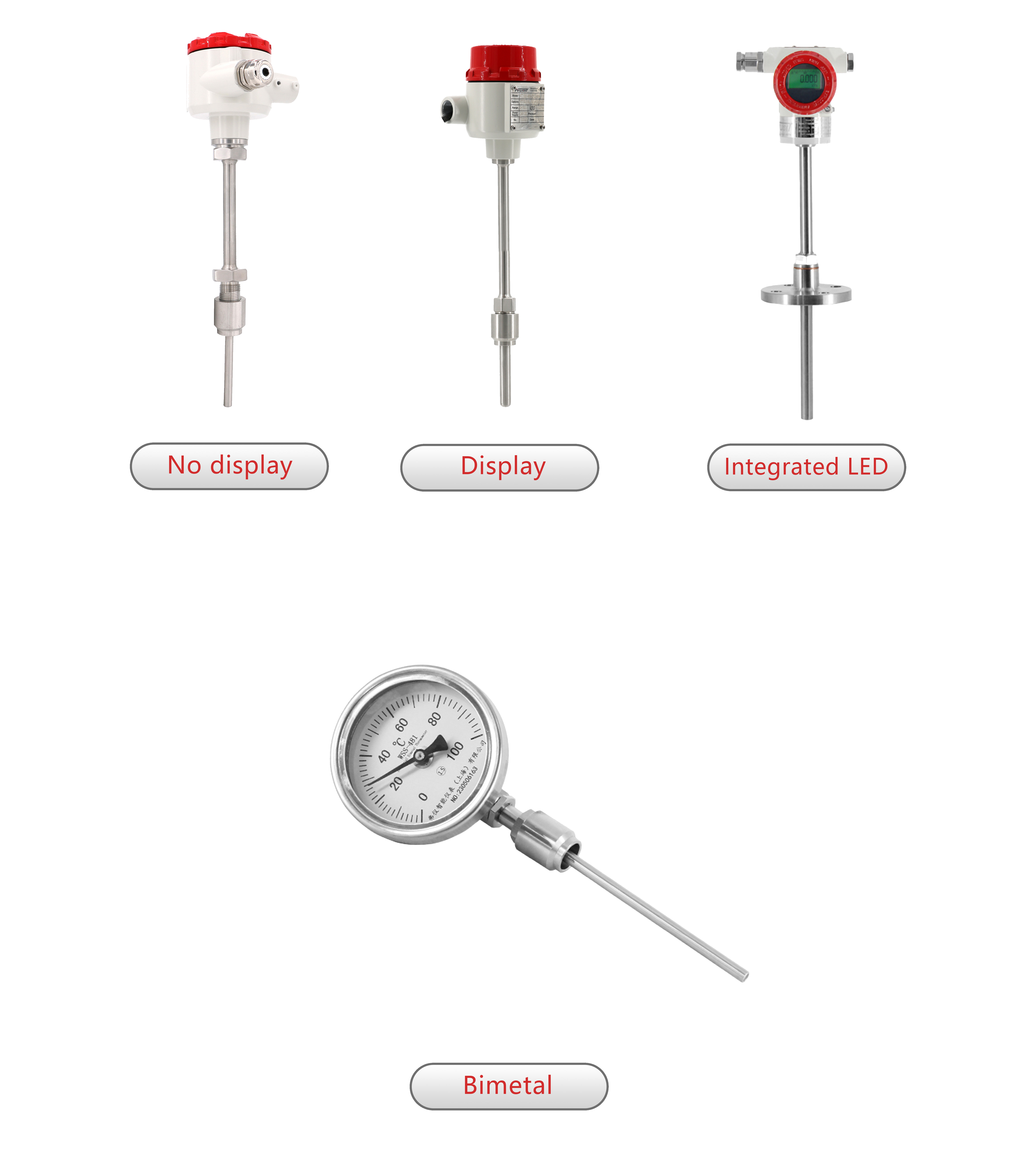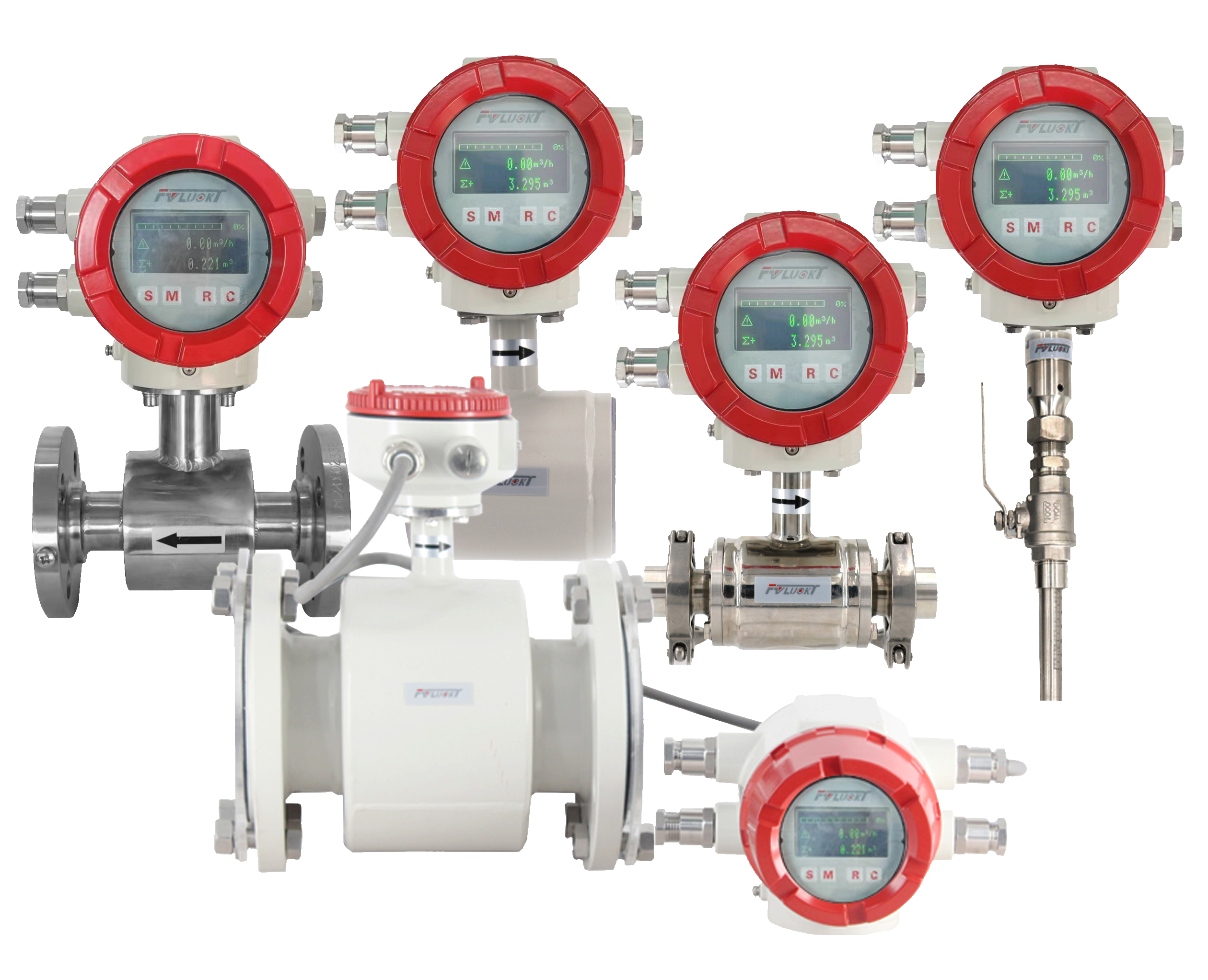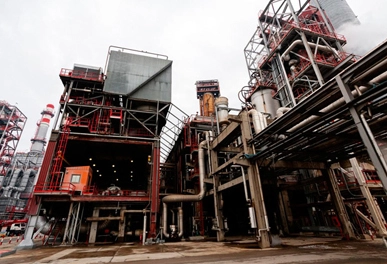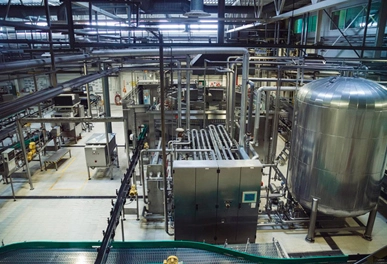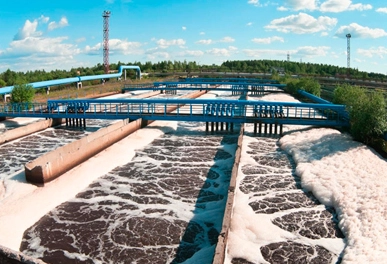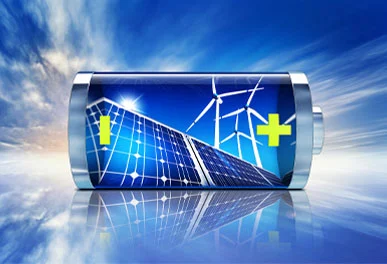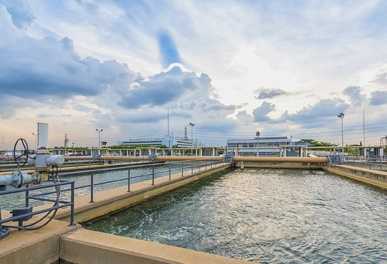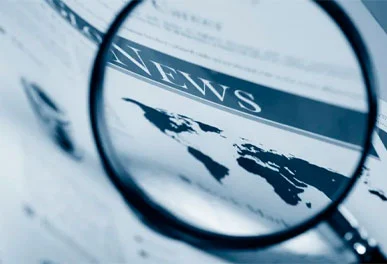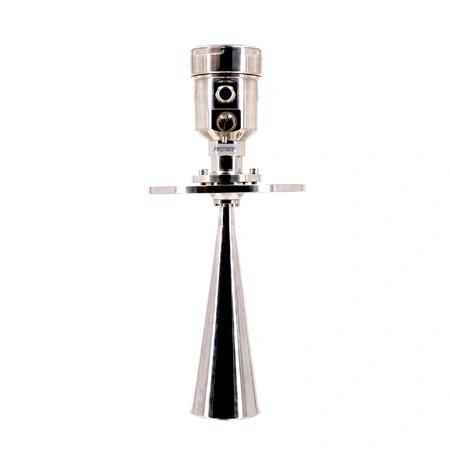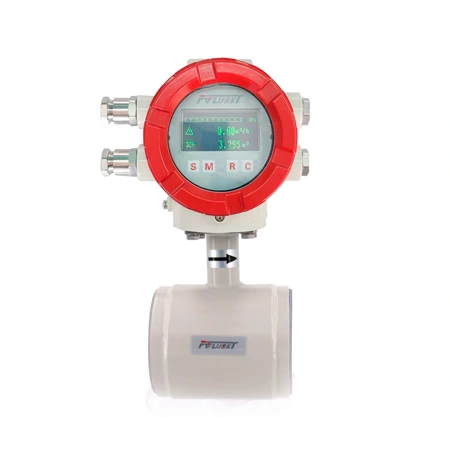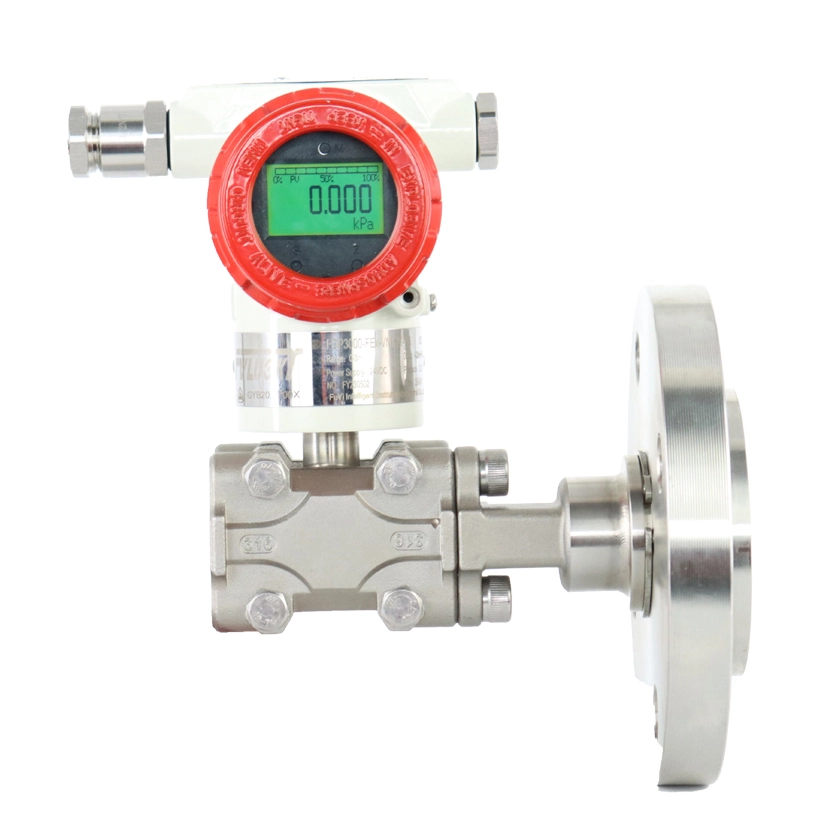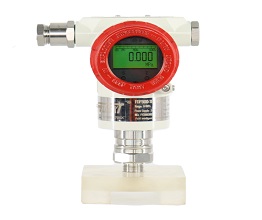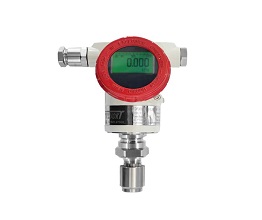What is a flange transmitter?
A flange transmitter is a standard transmitter with an added remote seal device. Therefore, it is also called a remote transmitter or diaphragm transmitter. The remote seal device consists of a flange, diaphragm capsule, capillary tube, and the filling liquid inside the capillary tube. The process medium pressure is transmitted through the diaphragm and filling liquid to the sensitive element, i.e., the sensor, of the pressure transmitter.
What is the filling liquid inside the diaphragm capsule and capillary tube of a flange transmitter?
Generally, it is silicone oil or fluorine oil. These liquids have a low thermal expansion coefficient, do not freeze at low temperatures, do not volatilize or vaporize at high temperatures, and their viscosity does not change significantly with temperature. High-temperature silicone oil can withstand up to 315°C, low-temperature silicone oil can go down to -40°C, and fluorine oil can operate between -40°C and 315°C.
What are the advantages and disadvantages of a flange transmitter compared to a standard transmitter?
Advantages:
Can measure high-temperature media
Will not clog and can be used with viscous media
Suitable for media that easily solidify or vaporize
Disadvantages:
Slightly higher cost
More complex structure
Sometimes has a time delay
Slightly lower accuracy
What components make up a standard pressure transmitter?
A standard pressure transmitter consists of a sensor, transmission circuit, housing, process connection, and wiring port. Currently, sensors include diffused silicon, piezoelectric ceramics, and capacitive diaphragms. Their measurement principles are invariably based on the output of current or voltage when a Wheatstone bridge loses balance under excitation. The transmission circuit converts this output signal into a linear relationship corresponding to the measured physical quantity. The process connection directly contacts the process medium and has various connection methods, such as 1/2 NPT, G3/4, M201.5, etc. The wiring port is the entry point for electrical wires, such as M201.5, and requires a certain protection level, such as IP65.
What is the maximum pressure that high-pressure media should not exceed?
When measuring high pressure, the maximum working pressure of the medium should generally not exceed 3/5 of the instrument’s range.
What are the main technical parameters of a pressure transmitter?
Sensor type: Diffused silicon, ceramic capacitive, differential capacitive diaphragm
Power supply: Generally 24VDC
Output signal: Generally 4~20mA
Accuracy class: e.g., 0.1, 0.25, 0.5
Repeatability: 0.1, 0.25, 0.5
Time drift
Temperature drift
Operating temperature range
Maximum pressure resistance
Minimum pressure
Process connection method
Cable entry
Installation method
What is zero migration?
Zero migration generally refers to the calibration of a transmitter where the zero input is not at zero pressure or zero differential pressure.
What is a two-wire system?
A two-wire system uses two wires for both the 24VDC power supply and the 4~20mA output signal, without mutual interference.
What are the advantages of current transmission over voltage transmission?
Longer transmission distance
Constant current characteristics within a certain range
Lower current loss
What are the typical outer diameter and length of a pressure tube?
The outer diameter of a pressure tube is generally 6~10mm, and the length is typically 3~50m.
What is the principle and classification of a static pressure level gauge?
A static pressure level gauge operates based on the principle of fluid static pressure balance. It can be classified into two main types: pressure type and differential pressure type.
What about the height of the instrument and the height of the liquid level?
When measuring the liquid level with a pressure gauge, the installation height of the instrument should be the same as the zero level of the liquid. Otherwise, the height difference should be corrected.
What are the functions of a handheld communicator?
Configuration: Setting the working parameters of the transmitter, such as measurement range, linear or square root output, damping, engineering units, station number, serial number, descriptor
Changing the measurement range, i.e., range migration
Transmitter calibration: Current calibration and variable calibration
Self-diagnosis: The transmitter outputs specific information to the handheld communicator to identify problems, allowing for quick maintenance
What are the common types of handheld communicators?
Yokogawa: BT200
Rosemount: 275, 375
Fuji: FXW
What should be noted when operating a three-valve manifold?
Ensure that the condensate or isolation liquid in the pressure tube does not get lost.
Avoid subjecting the measuring element (diaphragm capsule) to pressure or heat.
What is the sequence for opening and closing a three-valve manifold?
Opening sequence: First open the positive valve; close the balance valve; open the negative valve. Closing sequence: First close the negative valve; open the balance valve; close the positive valve.
How should the pressure tapping points be positioned for a differential pressure transmitter?
When measuring gas, to ensure that any condensate can flow back into the process pipeline and not into the measurement pipeline or the instrument, the pressure tapping point should be on the upper half of the pipeline.
When measuring liquid, to allow any gas released from the liquid to return to the process pipeline and not enter the measurement pipeline or the instrument, the pressure tapping point should ideally be within a 0-45 degree angle below the horizontal centerline of the pipeline.
When measuring steam, to maintain a stable condensate level in the measurement pipeline and prevent solid media from the bottom of the process pipeline from entering the measurement pipeline and the instrument, the pressure tapping point should ideally be within a 0-45 degree angle above the horizontal centerline of the pipeline.
What are the risks of operating a diaphragm capsule under negative pressure?
If the transmitter operates under negative pressure and exceeds its allowable negative pressure value, the filling liquid inside the diaphragm capsule may vaporize, causing the isolation diaphragm to bulge outward. This can lead to inaccurate measurements and even damage the instrument.
Why is the accuracy of a flange transmitter lower than that of a standard transmitter?
The elasticity and non-linearity of the flange diaphragm capsule’s isolation diaphragm
Thermal expansion and contraction of the filling liquid
Damping of the capillary tube
Quality of the filling liquid filling process
When were smart transmitters introduced, and what are their characteristics?
In the early 1980s, Honeywell introduced the ST3000 series of smart pressure transmitters. Characteristics of smart transmitters include:
In addition to pressure (differential pressure) sensing elements, the detection components generally include temperature sensing elements.
Products use micro-electromechanical systems (MEMS) technology, very large-scale integration (VLSI) circuits, and surface-mount technology (SMT), making all instruments compact, highly reliable, and small in size.
High accuracy, generally 0.1%, 0.2%, and some even reaching 0.075%.
Wide rangeability, with some reaching 30, 40, 50, 100, or even 400.
Improved static pressure performance and unidirectional overload performance compared to analog products.
Smart transmitters can communicate remotely using a handheld communicator, allowing for zero and span settings, i.e., passive migration. This makes field applications very convenient.
Smart transmitters can communicate digitally with distributed control systems (DCS).

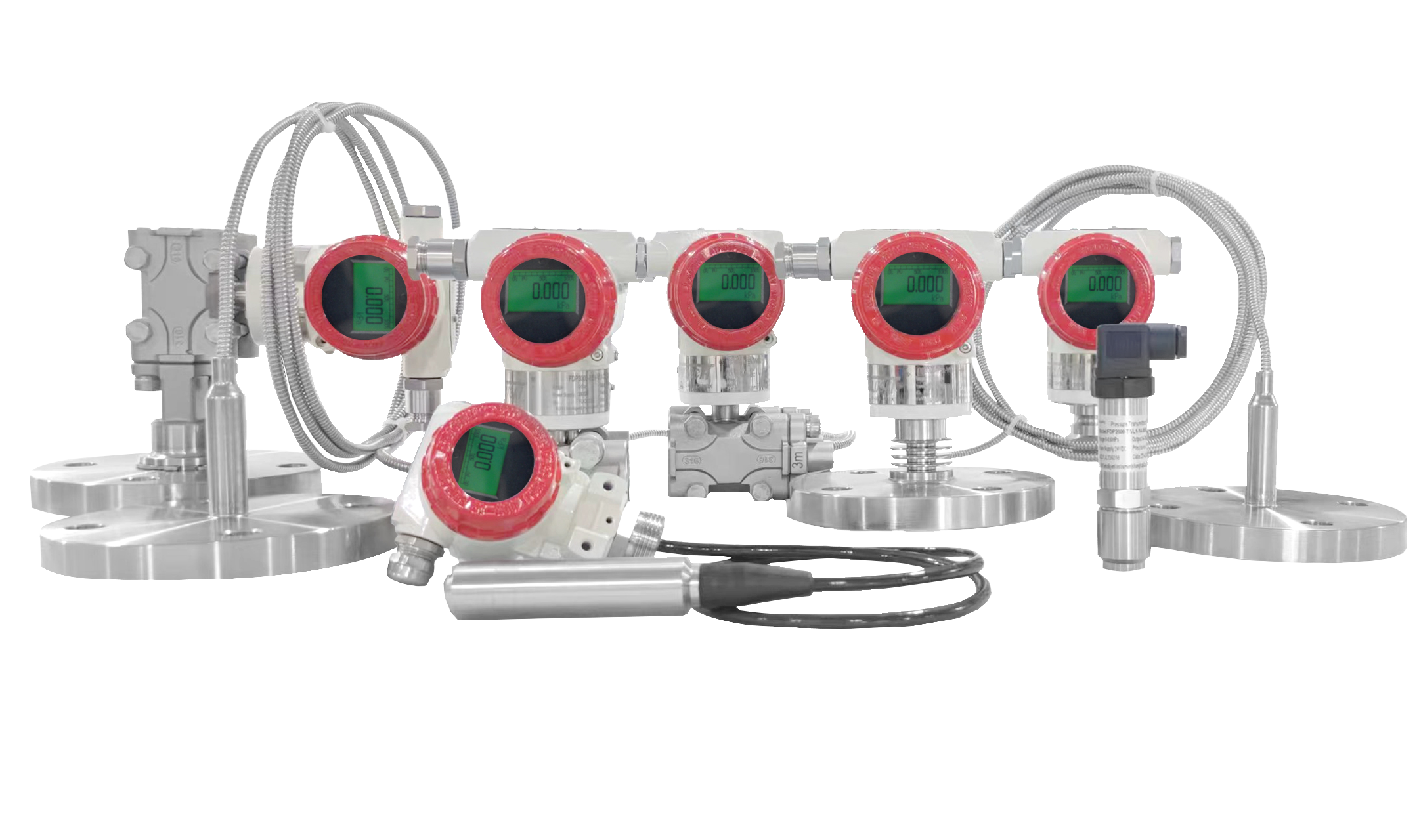 Smart Pressure Transmitters
Smart Pressure Transmitters